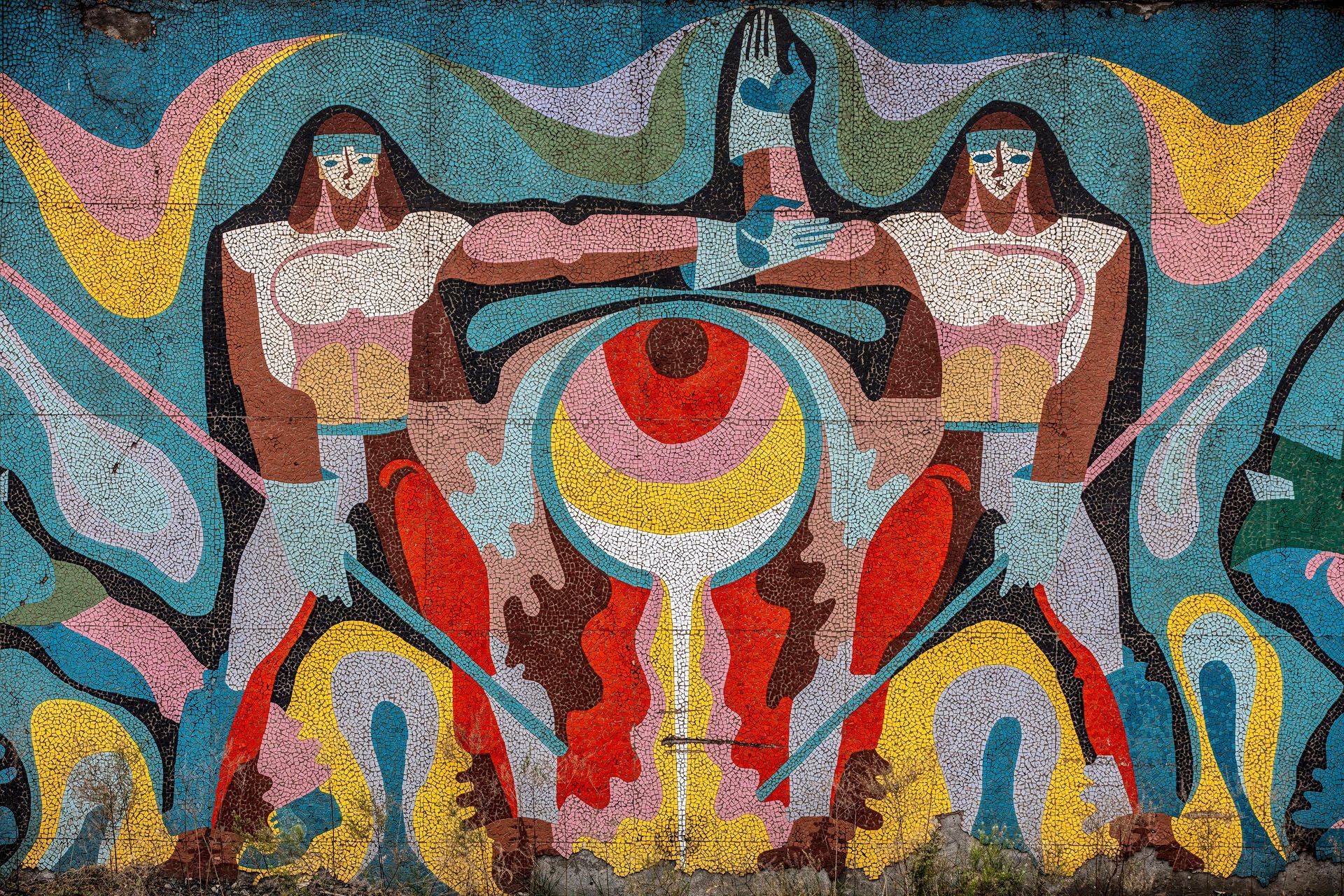To this day, the post-Soviet countries are full of artistic remnants of the past regime. In today’s selection, we have handpicked some of Georgia’s most fabulous mosaics.
Walking around the cities of Georgia, one encounters multicolored mosaics on almost every corner, usually in stark contrast to their surroundings. As is typical of the era, the works are mainly found in communal spaces, but this could equally mean the façade of a factory or even the most insignificant bus stop. The colorful surfaces stand out from the monotony of the gray concrete buildings like frescoes of a bygone, glorious empire.
The scenes depicted in the mosaics never existed, in each case depicting a utopia or some mythical epoch, or often a combination of the two. Although at first glance they look very similar to other Soviet mosaics, a closer look reveals a unique formal and thematic style typical of Georgian art. There are also frequent Byzantine and Persian influences, presenting the country as a bridge between East and West. It is also interesting that these mosaics seldom depict typical Soviet symbols such as the sickle and the hammer, or infamous figures such as Lenin or Stalin.
Ferroalloy Plant | Zestafoni
The plant has been running “like clockwork” since its opening ninety years ago. This means that it has been open and running continuously every single day during this period. This is perhaps not surprising, as they produce silico-manganese, which is used in steel production. This is perhaps the most striking example of how mosaics depict the faith in industrial technology, that has the power to carry us to the stars.
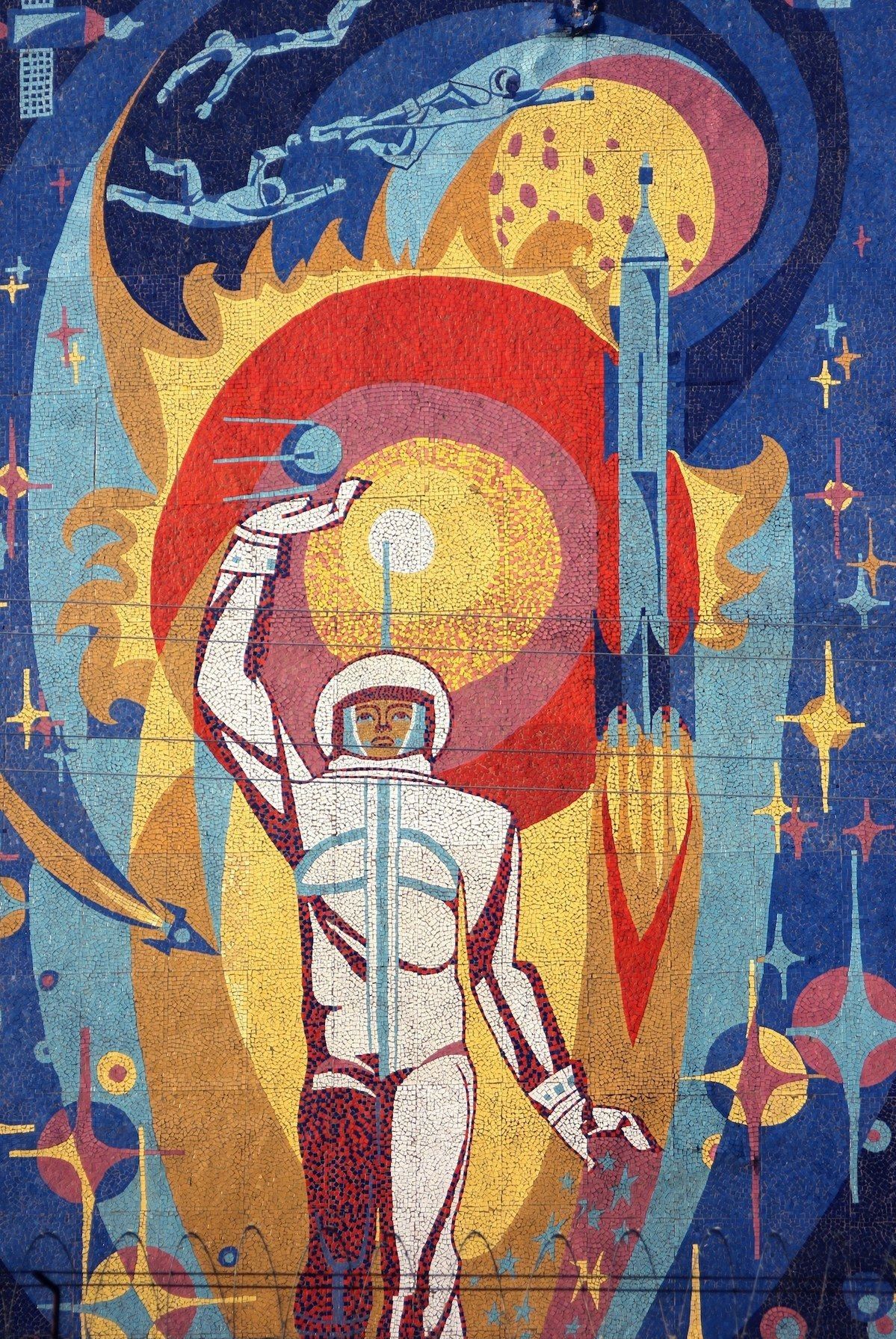

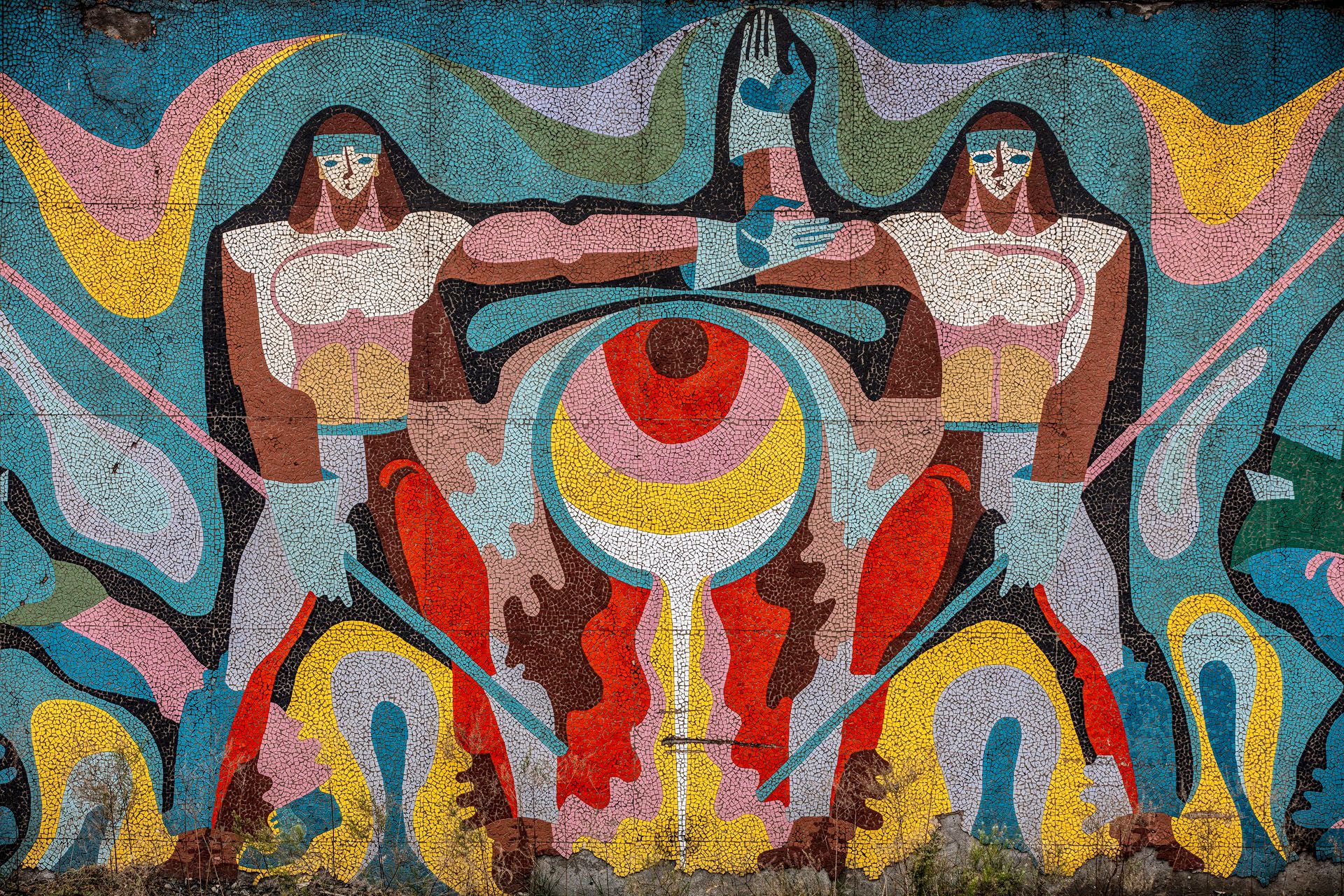
Saburtalo Fire Station | Tbilisi
The fire station’s mosaic was designed by Givi Kervalishvili and completed in 1979. The images show firefighters ready for action, one of them seizing the flames with his bare hands. These scenes might remind us of American superheroes, except they depict the exploits of everyday workers.


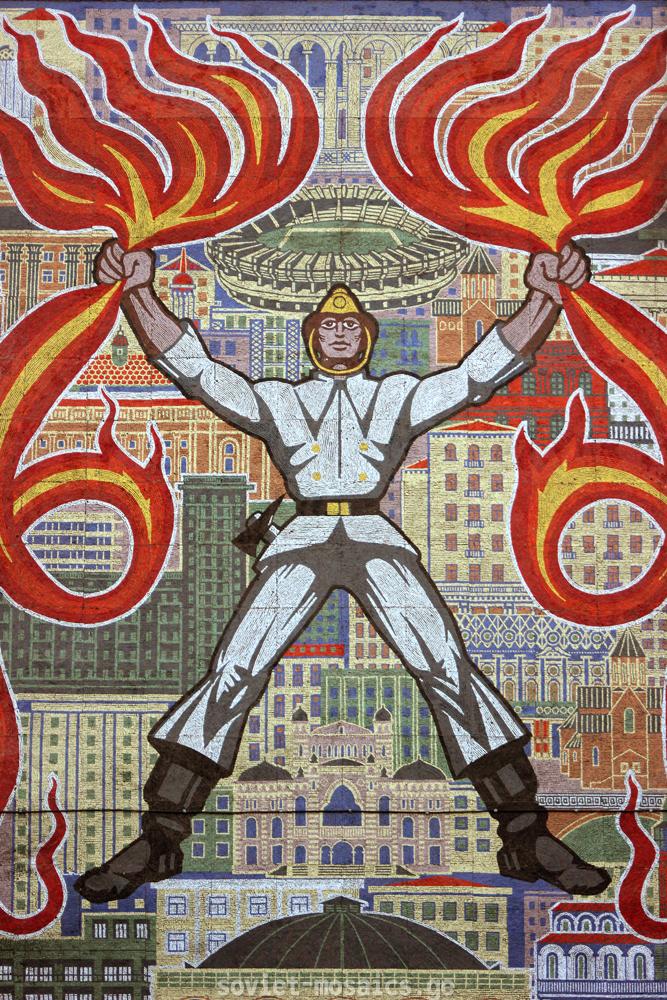
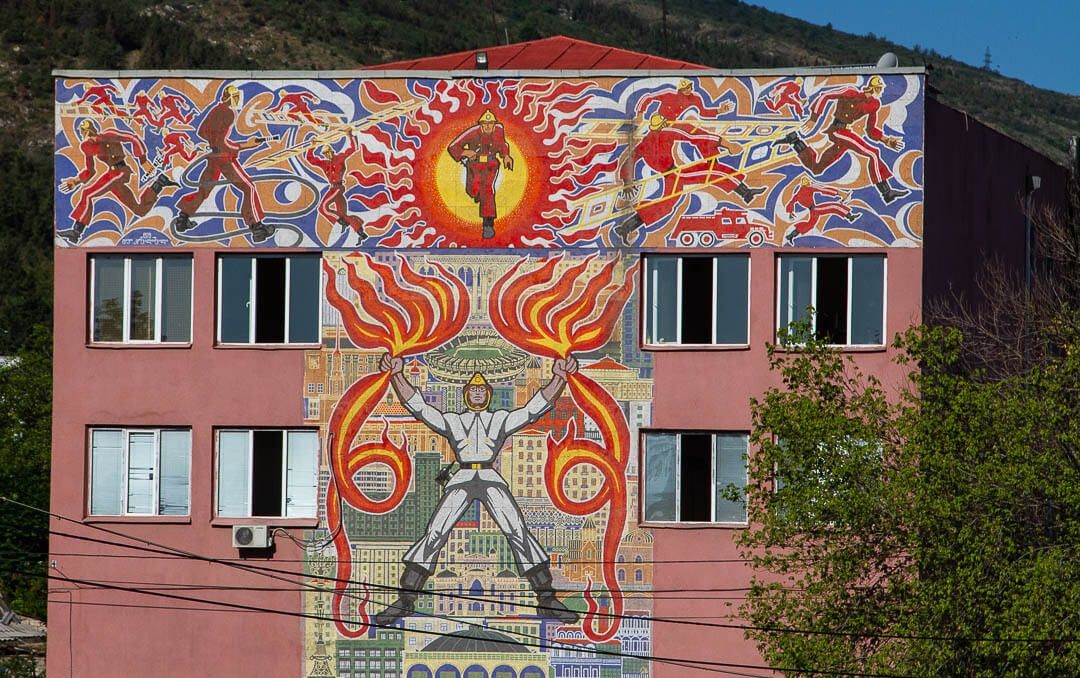
Abandoned sanatorium | Borjomi
Borjomi is renowned primarily for its mineral water. There are nine working springs in the area, erupting from a depth of 1,200-1,500 meters, and the mineral-rich waters attract many health seekers to the area. The mosaic shown here is from Likami, located near Borjomi, on the wall of a now-abandoned sanatorium.
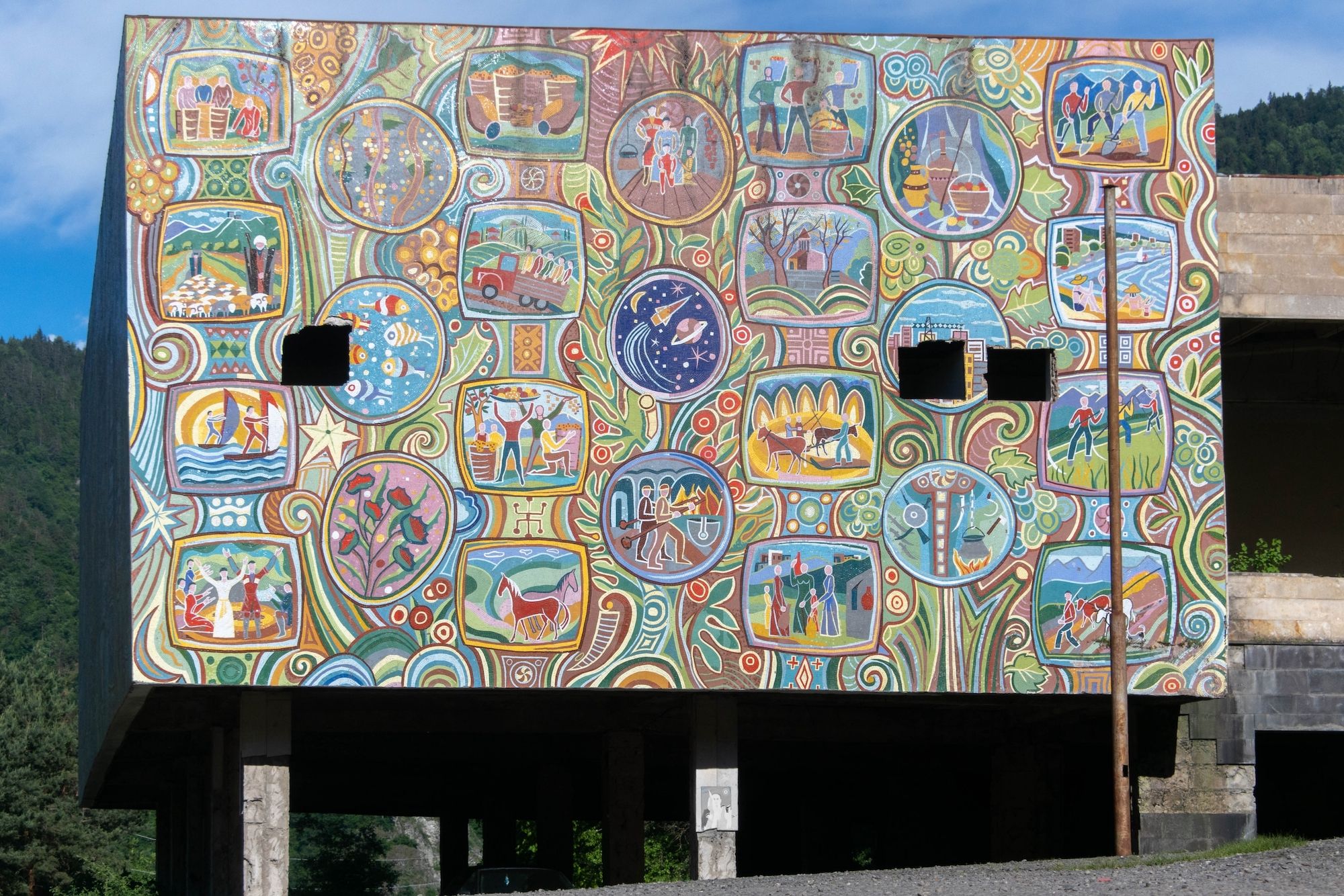

Former House of Political Education | Tbilisi
Walking along Agmashenebeli Avenue, you can catch a glimpse of a huge abstract mosaic if you look up. The designer of the work is Zurab Tsereteli, whose name is the one most often associated with Georgian mosaics.
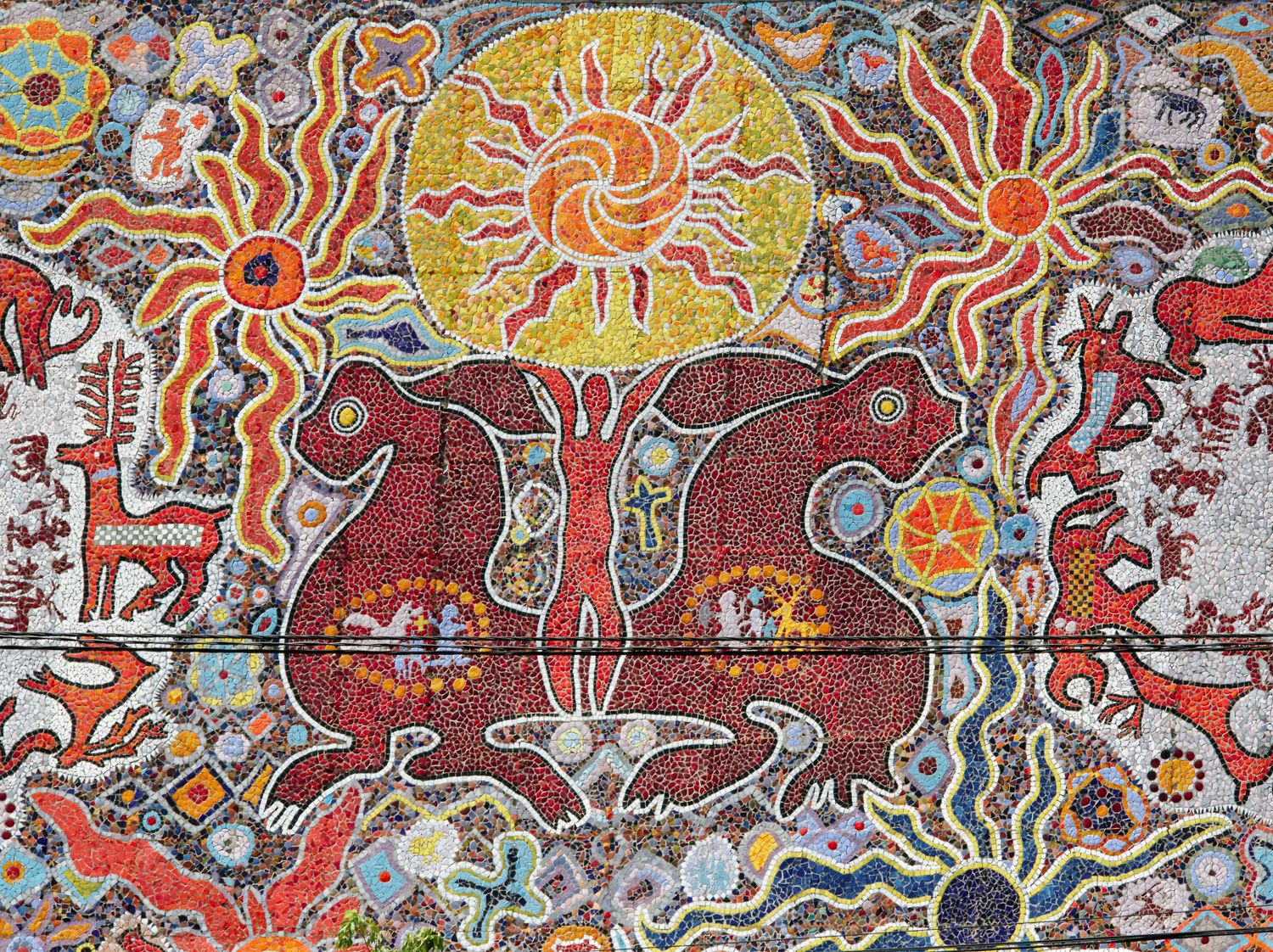
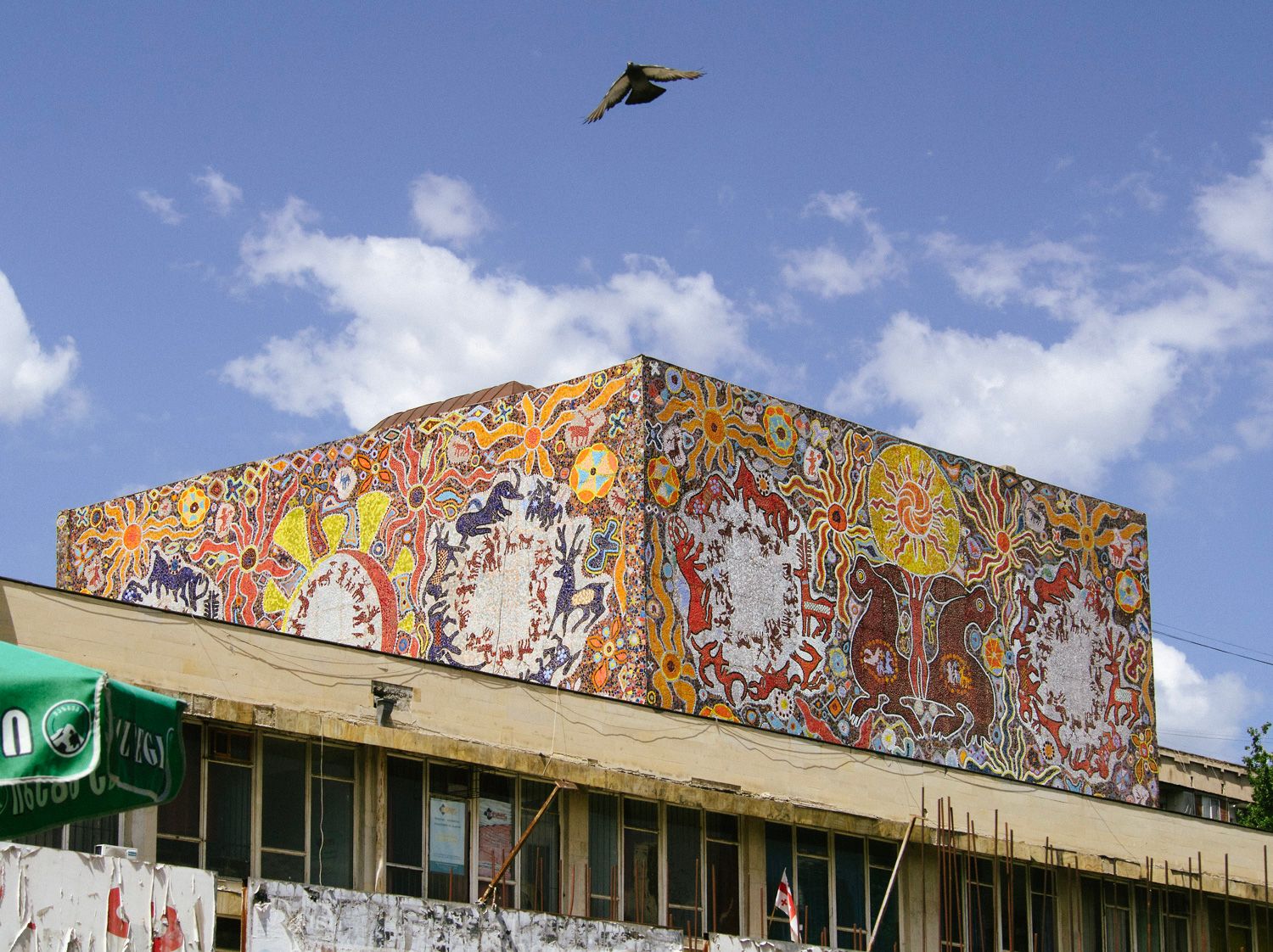
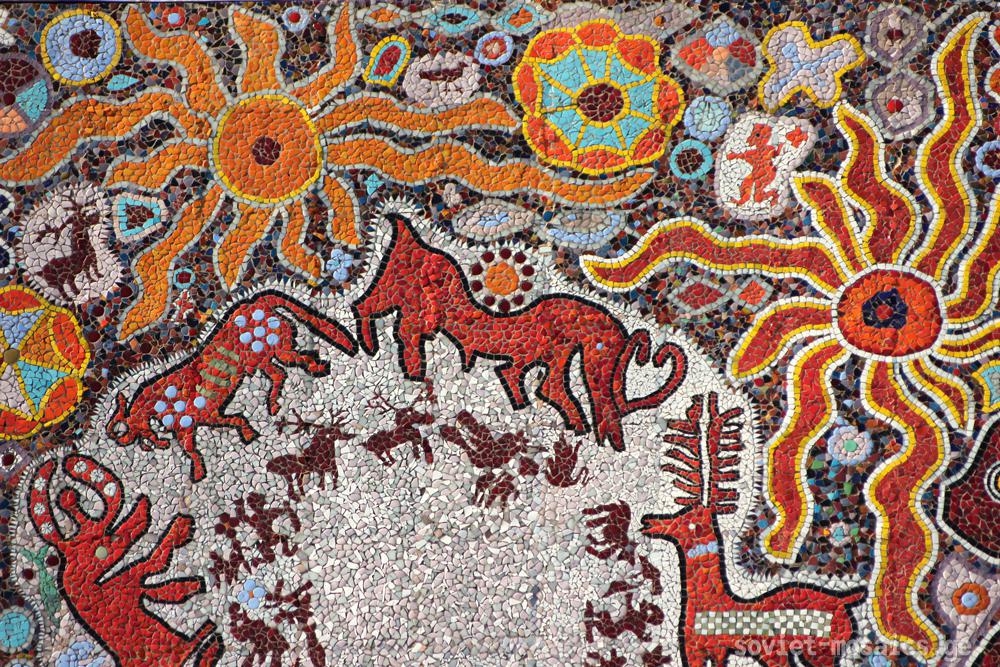
Old car repair center | Tbilisi
Our last example is located in an old car repair center. A reminder of its troubled past is the bullet holes in the mosaics, which were used for target practice during the civil war in the 1990s.

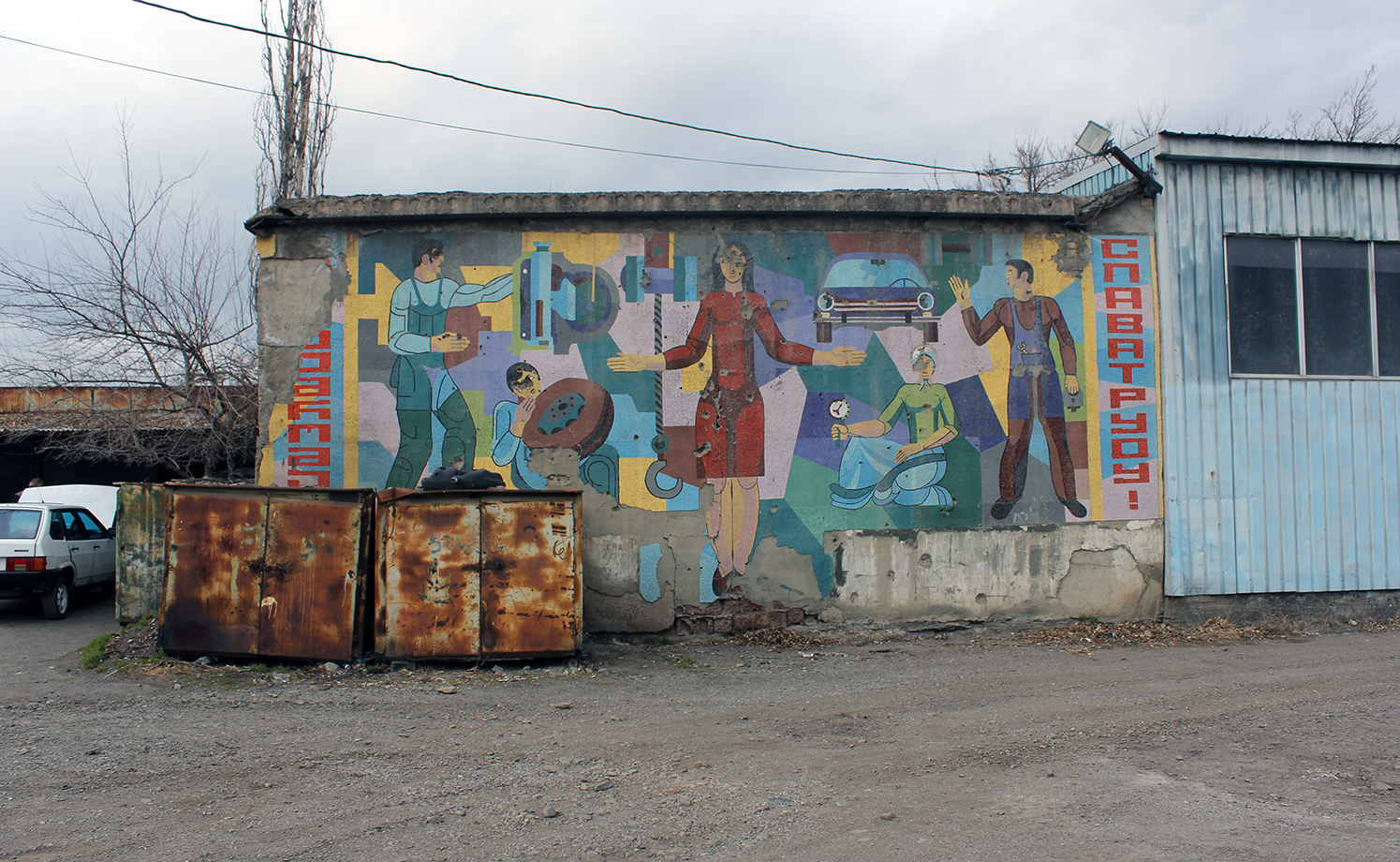
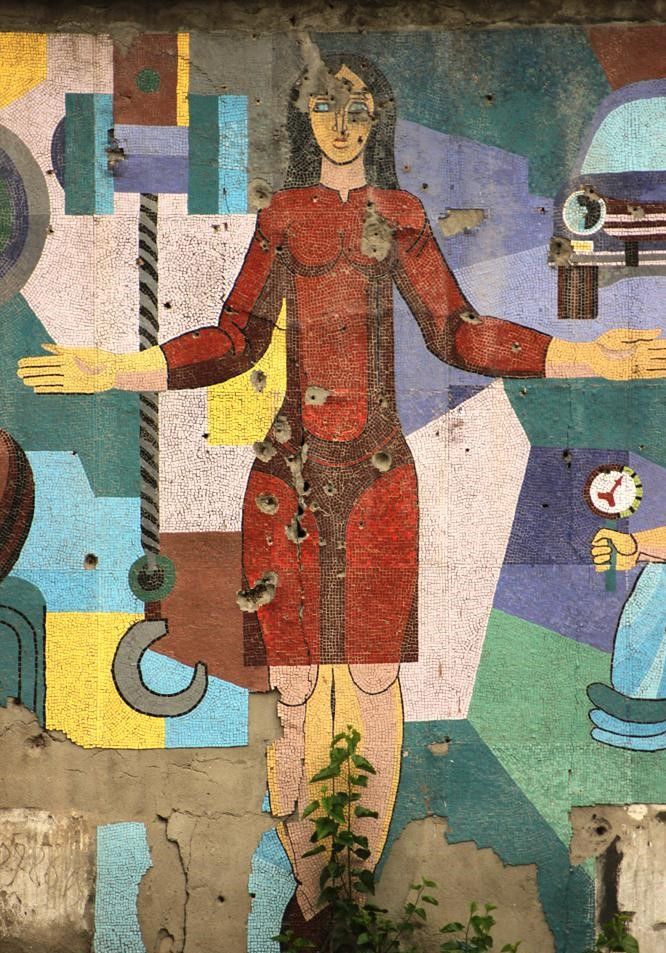
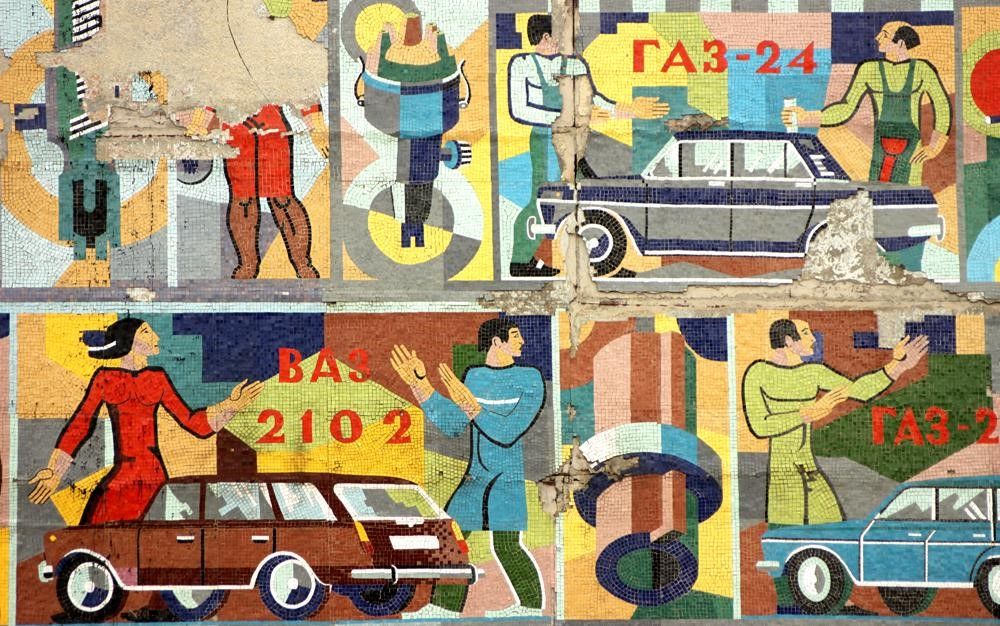
For more on the subject, visit soviet-mosaics.ge, where you can search for Georgian mosaics by category. And if you want to delve even deeper into the world of Georgian mosaics, Nini Palavandishvili and Lena Prents have dedicated a whole book to the subject. Art for Architecture Georgia: Soviet Modernist Mosaics from 1960 to 1990 (Architectural Guide) is available on Amazon.
Photos: Ryan Koopmans, Pierre Menard, Craig Turp-Balazs, Mirian Jugheli
Source: soviet mosaics, stefan-applis-geographien, calvertjournal, fernwehmotive, kathmanduandbeyond, pinterest, kathmanduandbeyond, 34travel, theyounggeorgians

How far will the world population rise?
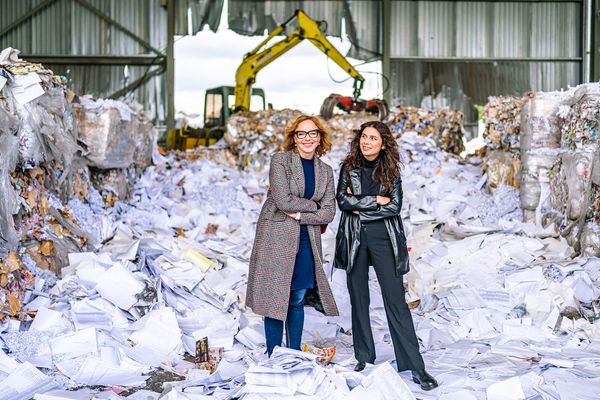
Piqniq Budapest teaches sustainability










